Improvement of rice ( Oryza sativa L.) seed oil quality
- Usage:portable oill Mill
- Type:portable oill Mill
- Automatic Grade:Semi-Automatic
- Production Capacity:1TPD-2TPD
- Voltage:220V/380V/440V
- Power(W):depend on the mode of the portable oill Mill
- Dimension(L*W*H):depend on the mode of the portable oill Mill
- Weight:depend on the mode of the portable oill Mill
- Certification:ISO9001
- After-sales Service Provided:Engineers available to service machinery overseas
- Processing:portable oill Mill
- raw material:Edible peanut rice bran Edible and so on
- Refining Rate:Refining Consumption 1%
- Supplier Type:Manufacturer
- Texture:Mild Steel and SS
- capacity:1-2 tons per day
- use scale:especially for small capacity
These results demonstrate that the α-linolenic acid content of rice seed oil can easily be altered using the combination of a high-activity promoter and a GmFAD3 gene. Improvement of rice ( Oryza sativa L.) seed oil quality through introduction of a soybean microsomal omega-3 fatty acid desaturase gene | SpringerLink
Proteomic analysis of the rice seed for quality improvement
- Usage:Edible Oil Refining Equipment
- Type:Edible Oil Refining Equipment
- Automatic Grade:Automatic
- Production Capacity:10T-3000TPD
- Voltage:220V/380V
- Power(W):depend on the mode of the Edible Oil Refining Equipment
- Dimension(L*W*H):depend on the mode of the Edible Oil Refining Equipment
- Weight:depend on the mode of the Edible Oil Refining Equipment
- Certification:ISO9001
- After-sales Service Provided:Engineers available to service machinery overseas
- Processing:Batch-type or Semi-continuous
- raw material:Edible peanut rice bran Edible and so on
- Soften Water:150Kg/T Oil
- Phosphoric Acid:2~3 kg/T Oil
- Bleaching Earth Consumption:3-5Kg/T Oil
- Refining Rate:Refining Consumption 1%
- Waste Bleaching Earth Oil Content:25% to 35 %
- Circulating Water Cooling Water Yield:150M3/H
- Supplier Type:Manufacturer
- Texture:Mild Steel and SS
Proteomic analysis of the rice seed for quality improvement. Y. J. Kim. Department of Plant Science, Research Institute for Agriculture and Life Sciences, and Plant Genomics and Breeding Institute, Seoul National University, Seoul 151‐921 we chose 15 that may have important roles in quality determination or maintenance through regulation
教員活動データベース - saga-u.ac.jp
- Usage:Edible Oil
- Type:Cold & Hot Pressing Machine, Edible oill Mill Mill
- Automatic Grade:Automatic
- Production Capacity:30-500TPD Edible oill Mill Mill
- Voltage:380V
- Power(W):Based on Edible oill Mill Mill capacity
- Dimension(L*W*H):Based on Edible oill Mill Mill capacity
- Weight:Based on Edible oill Mill Mill capacity
- Certification:ISO9001
- After-sales Service Provided:Engineers available to service machinery overseas
- Raw Material:Vegetable Oil Suitable for Edible,Peanut,Edible,Edible
- Material:Stainless and Carbonless Steel
- Cooking Oil Machinery Process:Pre-treatment,Solvent Extraction,Refining
- Solvent Extraction Process:DTDC,Miscella Toasting and Stripping,Solvent Collecting,etc
- Pretreatment Process:Cleaning,Hulling,Breaking,Soften,Flaking,Puffing,Toasting
- Service:Engineer Abroad Erection
- Refining Process:Degumming,Deacidification,Deordorization,Decoloration,etc
- Process Capacity:500TPD Edible oill Mill Mill
- Packing:Frame and Container
著者: Anai, T / Koga, M / Tanaka, H / Kinoshita, T / Rahman, S. M / Takagi, Y 題名: Improvement of rice (Oryza sativa L.) seed oil quality through introduction of a soybean microsomal omega-3 fatty acid desaturase gene
Improved soybean oil quality by targeted mutagenesis
- Usage:Seed oil
- Type:Cold & Hot Pressing Machine
- Automatic Grade:Automatic
- Production Capacity:99%
- Voltage:200v/380V/400V
- Power(W):10-80KW
- Dimension(L*W*H):depends
- Weight:depends
- Certification:ISO&CE&BV
- After-sales Service Provided:Engineers available to service machinery overseas
- specifications:Seed oil refining industry
- certification:CE ISO
Plants homozygous for frameshift mutations in both FAD2‐1A and FAD2‐1B had the phenotype we sought: oleic acid in the seed increased from 20% to 80% and linoleic acid decreased from 50% to <4%. This oil profile meets the soybean industry's target for high oleic acid soybean oil (Pham et al., 2010).
S.M. Rahman's research works | Saga University, Saga
- Usage:Cooking oill Mill Machine, Cooking oill Mill Machine
- Type:Cold & Hot Pressing Machine, 100TPD Cooking oill Mill Machine
- Automatic Grade:Automatic
- Production Capacity:100T Cooking oill Mill Machine
- Voltage:380V
- Certification:ISO9001
- After-sales Service Provided:Engineers available to service machinery overseas
- Control system:Automatic
- Operation:Mechanized operation
- Matetial:Stainless Steel
- Raw Material:Cooking,etc.
- Color:Siver
S.M. Rahman's 3 research works with 87 citations and 175 reads, including: Improvement of rice (Oryza sativa L.) seed oil quality through introduction of a soybean microsomal omega-3 fatty acid

Rice | ScienceDirect
Rice milling quality is genetically controlled and could be improved by breeding. High head rice yield (HRY) is a high-priority objective for rice breeding programs. This chapter discusses the factors influencing milling quality of rice, genetic basis of milling quality, and breeding efforts towards high HRY rice improvement.
GET PRICE
Frontiers | CRISPR for Crop Improvement: An Update Review
Tomato (Solanum lycopersicum L.), is an economically important crop that is an ideal candidate for testing CRISPR/Cas9 gene editing, because of the availability of efficient transformation methodologies, functional genomic characterization and substantial background on quality improvement (Pan et al., 2024).
GET PRICE
Full Text: Food Security in China
China will keep its grain planting area steady, and develop tuber crops, legume crops, and miscellaneous grain crops in accordance with local conditions. Crop varieties will include strong gluten wheat, weak gluten wheat, high-quality rice, silage corn germ, special
GET PRICE
TRANSFERRABLE TECHNOLOGIES CROP IMPROVEMENT Rice (a
climatic situation along with higher productivity and better quality to make farming profitable and sustainable. Research on crop improvement in the last year has generated many new technologies as presented in the following pages. Rice (a) OR 2172-7 (Pratibha) Status of release: submitted to SVRC for release
GET PRICE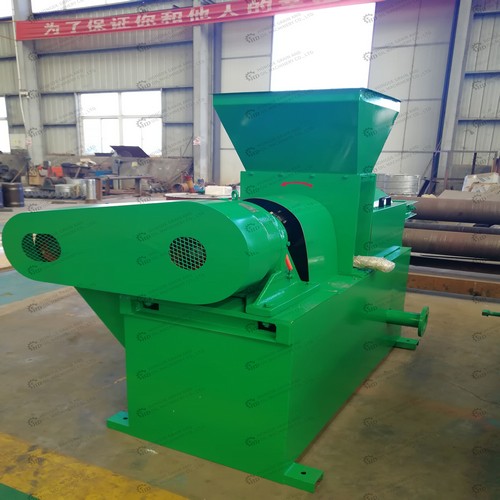
Cold plasma treatment for cotton seed germination improvement
Cold plasma treatment for cotton seed germination improvement. oats 26, soybean 27, spinach 28, oil seed rape 29, green onion 30, chick peas 31 plant growth, yield and quality in organic rice.
GET PRICE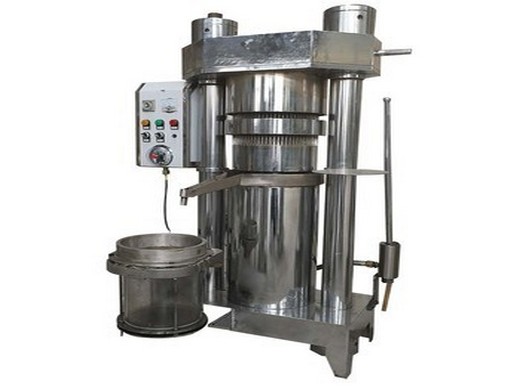
Frontiers | CRISPR for Crop Improvement: An Update Review
Tomato (Solanum lycopersicum L.), is an economically important crop that is an ideal candidate for testing CRISPR/Cas9 gene editing, because of the availability of efficient transformation methodologies, functional genomic characterization and substantial background on quality improvement (Pan et al., 2024).
GET PRICE
Applications and potential of genome editing in crop
Genome-editing tools provide advanced biotechnological techniques that enable the precise and efficient targeted modification of an organism’s genome. Genome-editing systems have been utilized in a wide variety of plant species to characterize gene functions and improve agricultural traits. We describe the current applications of genome editing in plants, focusing on its potential for crop
GET PRICE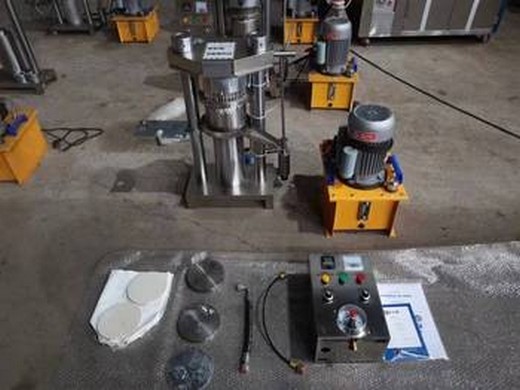
TRANSFERRABLE TECHNOLOGIES CROP IMPROVEMENT Rice (a
climatic situation along with higher productivity and better quality to make farming profitable and sustainable. Research on crop improvement in the last year has generated many new technologies as presented in the following pages. Rice (a) OR 2172-7 (Pratibha) Status of release: submitted to SVRC for release
GET PRICE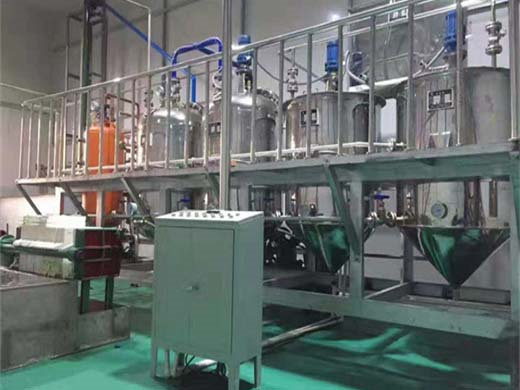
Full Text: Food Security in China
China will keep its grain planting area steady, and develop tuber crops, legume crops, and miscellaneous grain crops in accordance with local conditions. Crop varieties will include strong gluten wheat, weak gluten wheat, high-quality rice, silage corn germ, special
GET PRICE
Phytonutritional Improvement of Crops | Crops
An in-depth treatment of cutting-edge work being done internationally to develop new techniques in crop nutritional quality improvement Phytonutritional Improvement of Crops explores recent advances in biotechnological methods for the nutritional enrichment of food crops. Featuring contributions from an international group of experts in the field, it provides cutting-edge information on
GET PRICE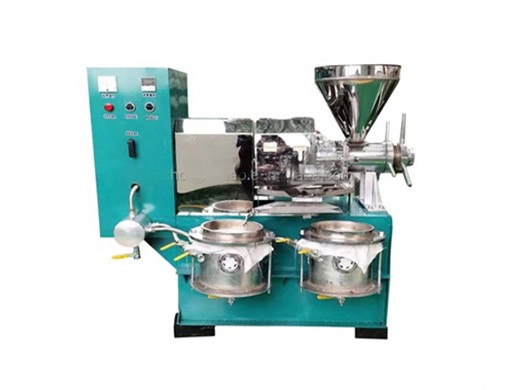
SMART – Sunflower Mutant population And Reverse genetic
Based on the TILLING of FatA and SAD genes, we calculated the overall mutation rate to one mutation every 480 kb, similar to other report for this crop so far. As sunflower is a plant model for seed oil biosynthesis, we anticipate that the developed genetic resource will be a useful tool to identify novel traits for sunflower crop improvement.
GET PRICE
Seeds | FAO | Food and Agriculture Organization of the
FAO plays a lead role in strengthening the conservation and sustainable use of plant genetic resources for food and agriculture through policy assistance, technical support and awareness raising. In the broadest sense, this encompasses the whole range of actions involved in the conservation, diversification, adaptation, improvement and delivery to farmers through seed systems.
GET PRICE
Seed and Seed Quality | NC State Extension Publications
Achieving and maintaining high seed quality is the goal of every professional seed producer. This publication presents basic facts about seed, seed quality, and seed laws. This information can help seed producers, farmers, and homeowners understand the important role that seed plays in producing superior crops, landscape plants, and lawns.
GET PRICE
Step-by-step production - IRRI Rice Knowledge Bank
After harvesting, the rice paddy undergoes postharvest processes including drying, storage, and milling to ensure good eating quality and marketability. Important management factors should be considered during the growth of the rice crop. These include planting method, water, fertilizer, weeds, and pests and diseases.
GET PRICE
Growth and Production of Rice - ENCYCLOPEDIA OF LIFE
UNESCO – EOLSS SAMPLE CHAPTERS SOILS,PLANT GROWTH AND CROP PRODUCTION – Vol.II - Growth and Production of Rice - Donn H. Beighley ©Encyclopedia of Life Support Systems (EOLSS) 2.2. Rice Types and Products There are two main types of rice, Japonica and Indica, differentiated by the area where they are grown and by their traits when cooked.
GET PRICE
Quality problems in milling - IRRI Rice Knowledge Bank
There are numerous factors that determine the final quality of rice produced by the rice mill. These factors relate to what extent the rice is milled (i.e. low milling degree), the level of grain breakage, level of impurities, color, and presence of off-type kernels such as chalky or damaged kernels.
GET PRICE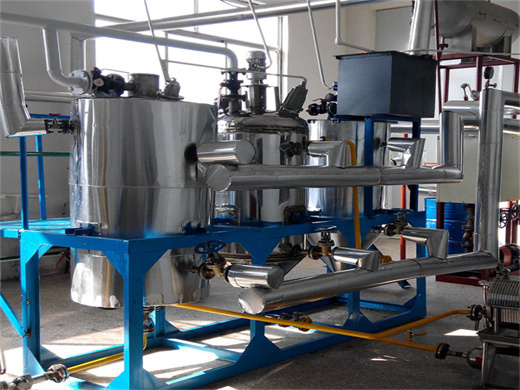
Seed and Seed Quality | NC State Extension Publications
Achieving and maintaining high seed quality is the goal of every professional seed producer. This publication presents basic facts about seed, seed quality, and seed laws. This information can help seed producers, farmers, and homeowners understand the important role that seed plays in producing superior crops, landscape plants, and lawns.
GET PRICE
TRANSFERRABLE TECHNOLOGIES CROP IMPROVEMENT Rice (a
climatic situation along with higher productivity and better quality to make farming profitable and sustainable. Research on crop improvement in the last year has generated many new technologies as presented in the following pages. Rice (a) OR 2172-7 (Pratibha) Status of release: submitted to SVRC for release
GET PRICE
Milling by-products - IRRI Rice Knowledge Bank
The main by-products of rice are rice husk or hull, rice bran, and brewer’s rice. Rice husks or hullsare generated during the first stage of rice milling, when rough rice or paddy rice is husked.; Rice bran is generated when brown rice moves through the whiteners and polishers. When paddy is hand-pounded or milled in a one-pass Engleberg steel huller, rice bran is not produced separately but
GET PRICE
Selection for a Zinc-Finger Protein Contributes to Seed
Seed oil is a momentous agronomical trait of soybean ( Glycine max ) targeted by domestication in breeding. Although multiple oil-related genes have been uncovered, knowledge of the regulatory mechanism of seed oil biosynthesis is currently limited. We demonstrate that the seed-preferred gene GmZF351 , encoding a tandem CCCH zinc finger protein, is selected during domestication. Further
GET PRICE
Project: Improved Seed Production for Sustainable
If the germination quality of seed is improved and farmers are advised to economize on seeding rates, the effective demand for quality seed will be approximately 170 000 MT. The Seed Management Department of the MoA through its 240 co-operative seed farms is annually producing 156 000 MT of certified seed under the seed certification system.
GET PRICE
Seed and Seed Quality | NC State Extension Publications
Achieving and maintaining high seed quality is the goal of every professional seed producer. This publication presents basic facts about seed, seed quality, and seed laws. This information can help seed producers, farmers, and homeowners understand the important role that seed plays in producing superior crops, landscape plants, and lawns.
GET PRICE
Growth and Production of Rice - ENCYCLOPEDIA OF LIFE
UNESCO – EOLSS SAMPLE CHAPTERS SOILS,PLANT GROWTH AND CROP PRODUCTION – Vol.II - Growth and Production of Rice - Donn H. Beighley ©Encyclopedia of Life Support Systems (EOLSS) 2.2. Rice Types and Products There are two main types of rice, Japonica and Indica, differentiated by the area where they are grown and by their traits when cooked.
GET PRICE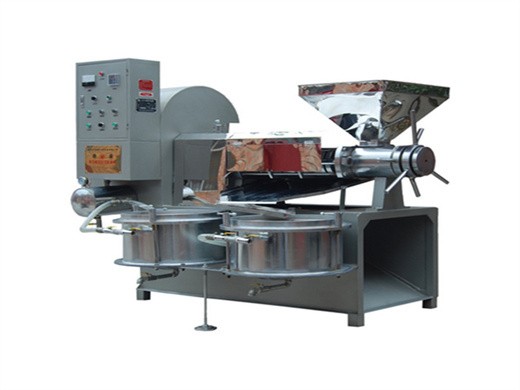
Step-by-step production - IRRI Rice Knowledge Bank
After harvesting, the rice paddy undergoes postharvest processes including drying, storage, and milling to ensure good eating quality and marketability. Important management factors should be considered during the growth of the rice crop. These include planting method, water, fertilizer, weeds, and pests and diseases.
GET PRICE
Quality problems in milling - IRRI Rice Knowledge Bank
There are numerous factors that determine the final quality of rice produced by the rice mill. These factors relate to what extent the rice is milled (i.e. low milling degree), the level of grain breakage, level of impurities, color, and presence of off-type kernels such as chalky or damaged kernels.
GET PRICE










